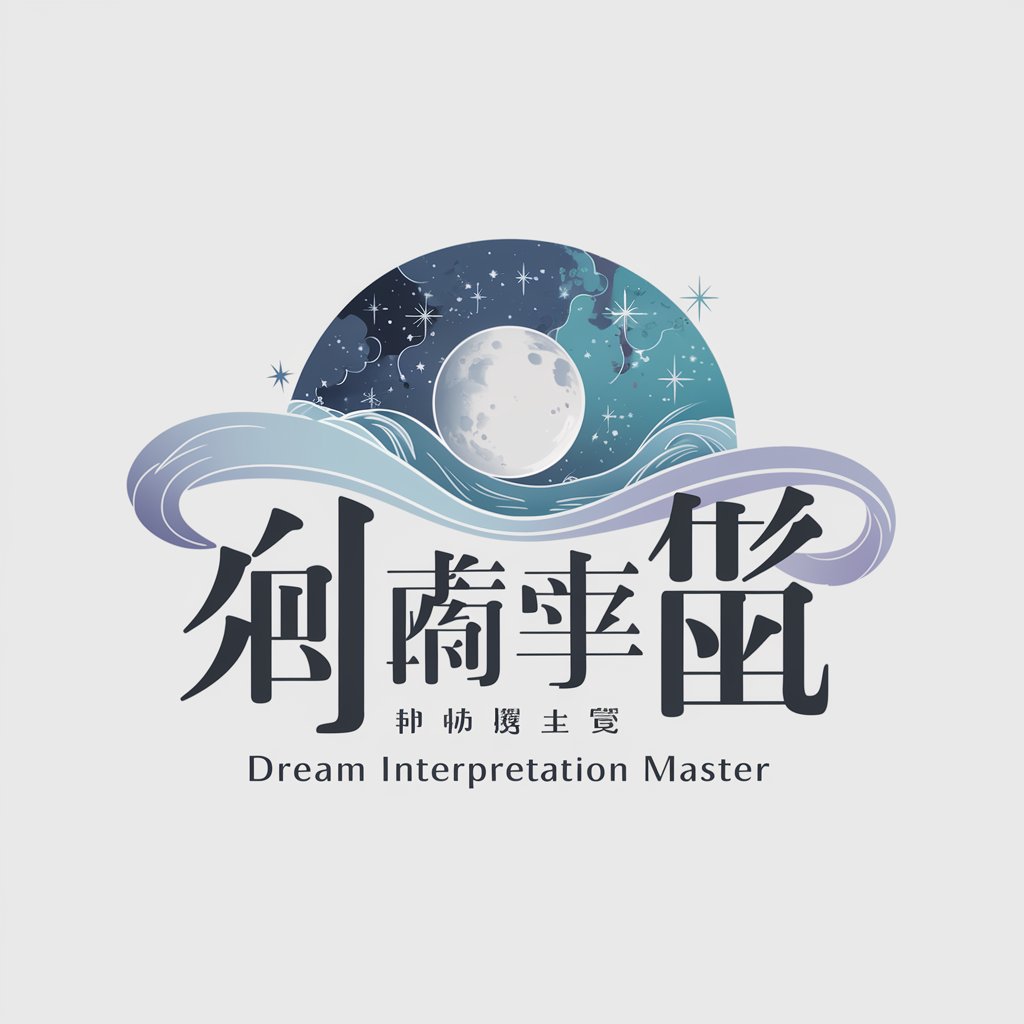WP入稿用にHTML化 - HTML Conversion for WordPress

Welcome! Let's format your WordPress content efficiently.
Automate your blog formatting with AI
Explain how to convert text into HTML tags for WordPress.
Describe the process of adding h2 and h3 tags to text.
List the benefits of using HTML formatting for WordPress articles.
Provide tips for formatting WordPress articles efficiently.
Get Embed Code
Introduction to WP入稿用にHTML化
WP入稿用にHTML化 is designed specifically for preparing text content for WordPress posts by converting plain text into HTML format, particularly focusing on the use of heading and paragraph tags. Its primary design purpose is to streamline the process of formatting articles, blogs, or any text content for WordPress by automatically applying HTML tags to text based on simple, predefined markers. For example, lines starting with '■' are converted into
headings, lines starting with '□' into headings, and regular text lines into paragraphs (
). This functionality aids in maintaining a consistent format for web content, improving readability, and enhancing SEO optimization without manually coding HTML. Powered by ChatGPT-4o。

Main Functions of WP入稿用にHTML化
Heading Conversion
Example
■FAQs becomes <h2>FAQs</h2>
Scenario
When a user is preparing an FAQ section for a blog post, using the '■' marker to denote questions ensures they are highlighted as second-level headings, making the article easier to navigate.
Sub-heading Conversion
Example
□What is HTML? becomes <h3>What is HTML?</h3>
Scenario
For detailed articles that require subsections within sections, marking them with '□' helps in distinguishing these subsections, enhancing the structure and flow of content.
Paragraph Formatting
Example
This is a sample text. becomes <p>This is a sample text.</p>
Scenario
In preparing the main content of an article, paragraphs are essential for breaking down information into readable chunks. This function automatically wraps text lines into paragraph tags, improving the overall readability.
Ideal Users of WP入稿用にHTML化 Services
Bloggers
Bloggers frequently updating their WordPress sites with new content will find this tool invaluable for quickly formatting text, ensuring their posts are consistently well-structured and SEO-friendly.
Content Creators
Content creators, including writers and marketers who regularly produce articles, guides, or educational content for WordPress platforms, can significantly benefit from streamlined HTML tagging for improved engagement and readability.
Web Developers
Web developers managing content for WordPress sites can utilize this tool to expedite the content formatting process, allowing them to focus on more complex development tasks while ensuring content consistency.

How to Use WP入稿用にHTML化
1
Start by visiting yeschat.ai for an immediate, complimentary trial, no ChatGPT Plus required nor login.
2
Prepare your text according to the formatting rules: lines starting with ■ for h2 tags, □ for h3 tags, and standard lines for p tags.
3
Copy and paste your formatted text into the tool's input field.
4
Submit your text for processing. The tool will automatically convert your input into HTML code based on the specified formatting rules.
5
Copy the generated HTML code and paste it into your WordPress content management system (CMS) or any HTML-supported platform.
Try other advanced and practical GPTs
深入解析模型
Unveil AI's complexity with ease.

シナリオ作家入門
Craft compelling stories with AI.

入门级LangChain导师
Seamlessly integrate AI into your projects with LangChain.

解梦大师
Unravel your dreams with AI-powered insights.

河小鱼
Unveiling destiny through AI wisdom
职业技术留学中介---山河新世界
Empowering your study abroad journey with AI

Tattoo Art Visionary
Visualize your ink, transform your skin

家庭装饰空间设计(进一步咨询,可以加微信:415818818)
Transform Your Space with AI-Powered Design

纹身贴大师
Bringing Your Tattoo Visions to Life

沃伦·巴菲特
Empowering your investment journey with Buffett's wisdom

巴菲特
Democratizing Investment Wisdom with AI

老巴
Empowering your investment decisions with AI.

WP入稿用にHTML化 FAQs
What is WP入稿用にHTML化?
It's a tool designed to convert specially formatted text into HTML code, specifically for WordPress post submissions, using h2, h3, and p tags.
Can I use WP入稿用にHTML化 for other platforms?
Yes, while it's optimized for WordPress, the HTML output is standard and can be used on any platform that supports HTML.
Do I need to know HTML to use this tool?
No, the tool is designed for users without HTML knowledge. You only need to follow simple formatting rules for your text.
Is there a cost associated with using WP入稿用にHTML化?
No, you can start with a free trial at yeschat.ai, with no need for ChatGPT Plus or logging in.
Can WP入稿用にHTML化 handle large volumes of text?
Yes, the tool can efficiently process large texts, but it's advisable to segment your content for optimal performance and easier management.
